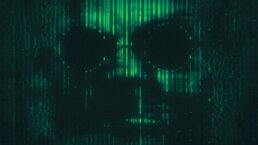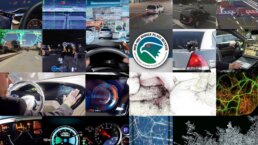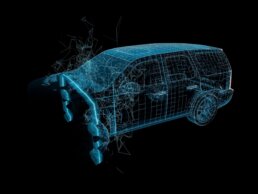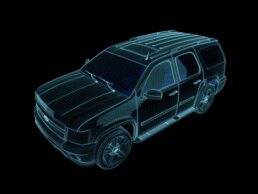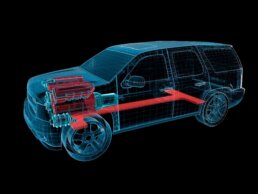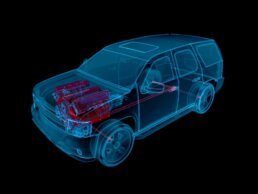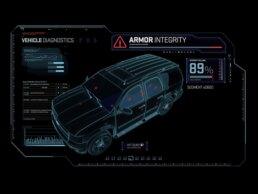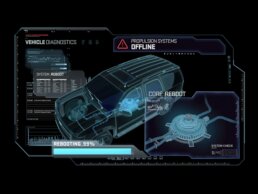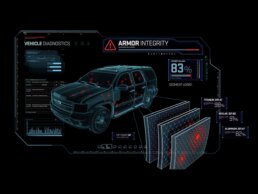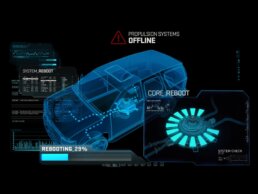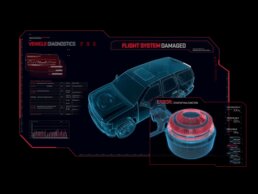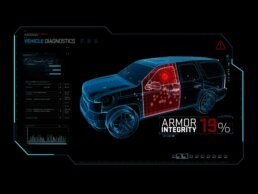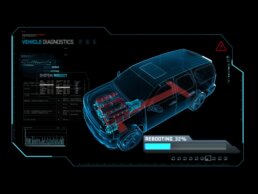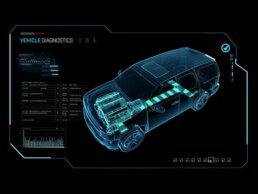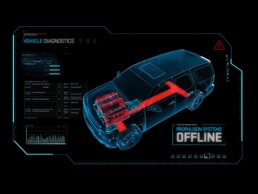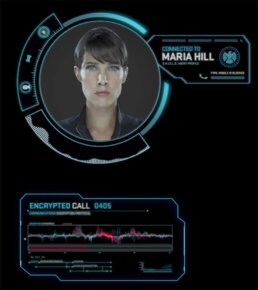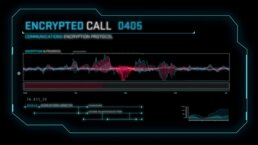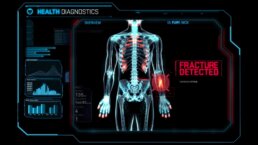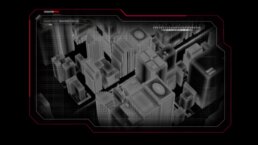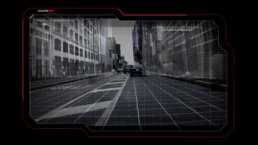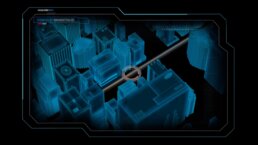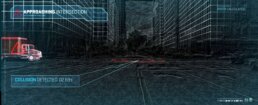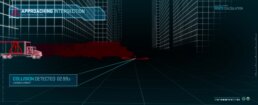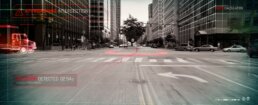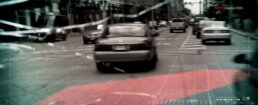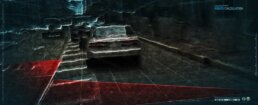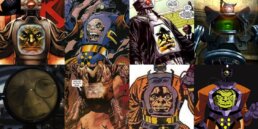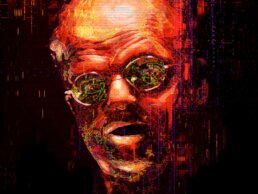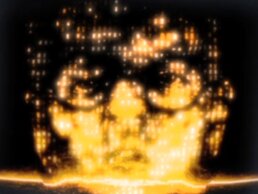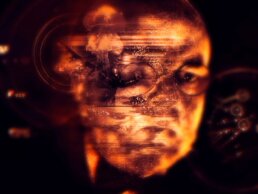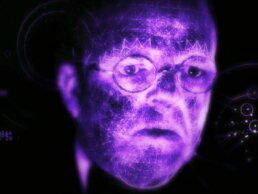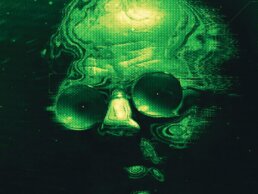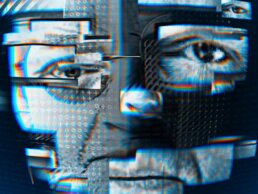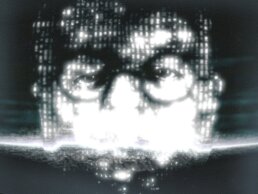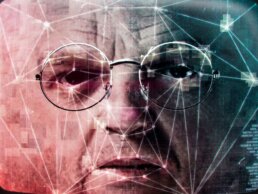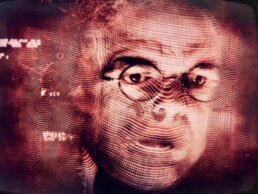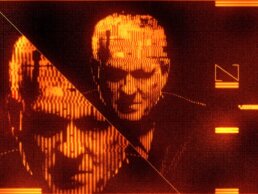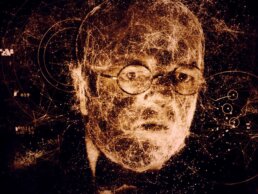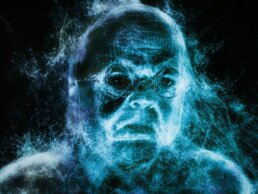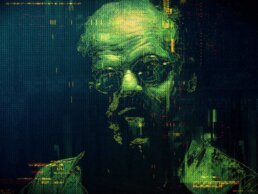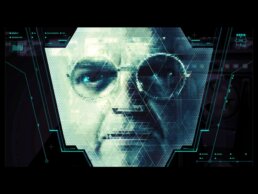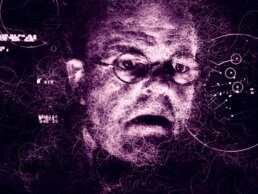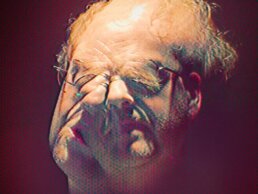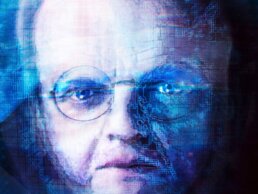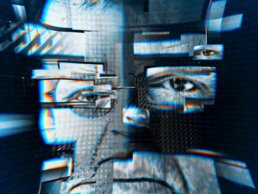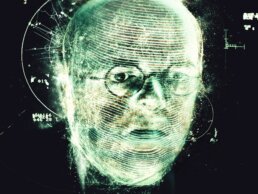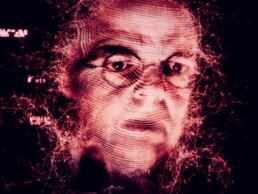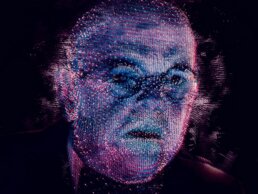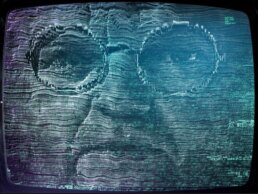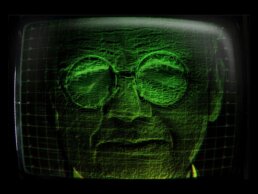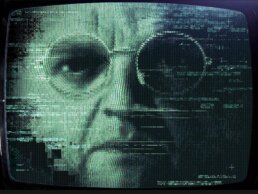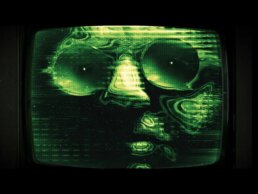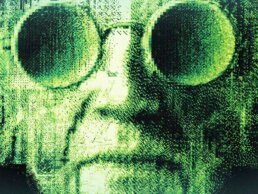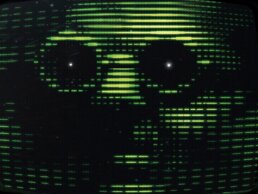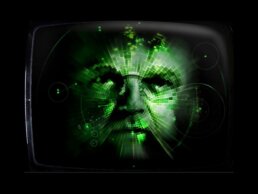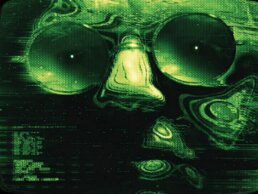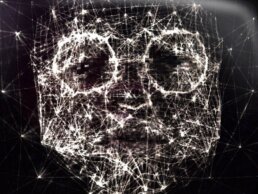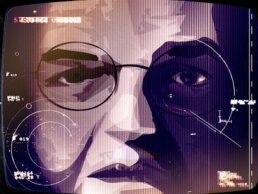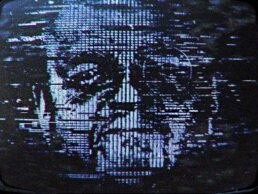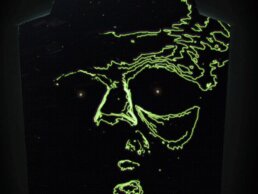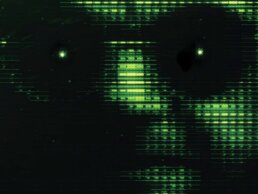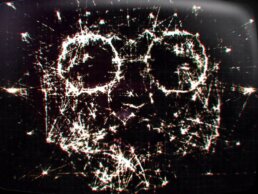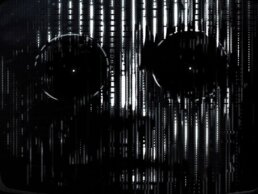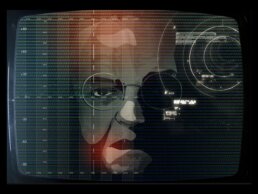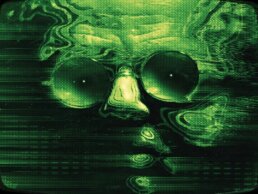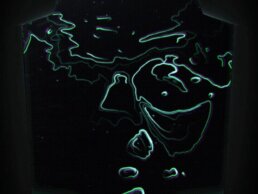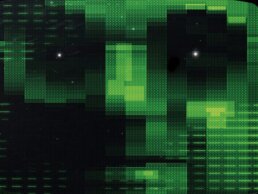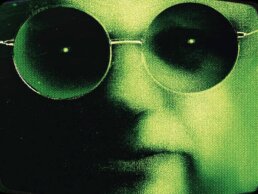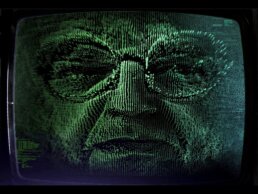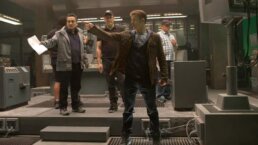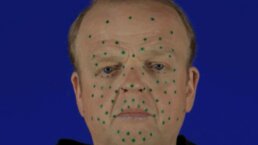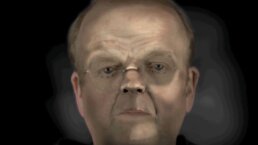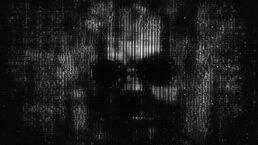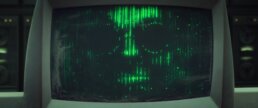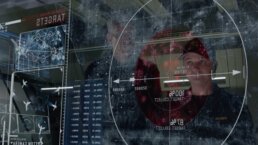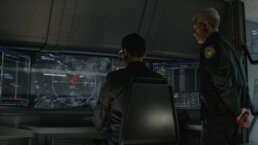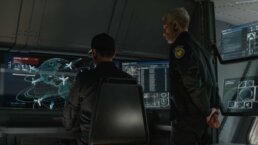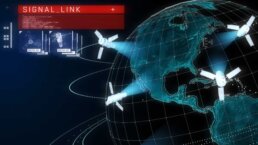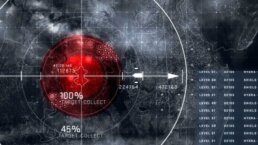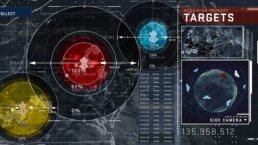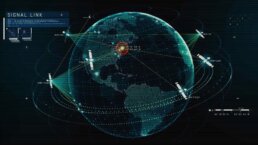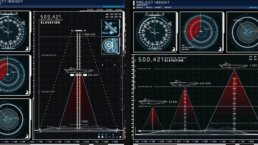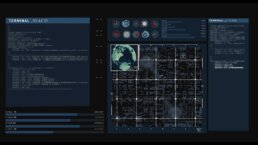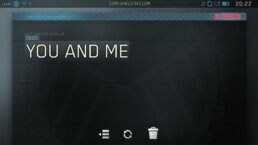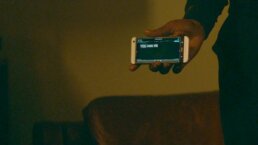01
INTRODUCTION
Four months before they began production, Marvel Studios approached us to collaborate on their highly anticipated sequel Captain America: The Winter Soldier. Our team started early conceptual design development of a wide range of scenes, ranging from Nick Fury’s in-car HUD (Heads-Up-Display) as seen in a high-speed car chase, to the reincarnation of an old Captain America villain Arnim Zola.
Design and Graphics Work
02
TECHNOLOGICAL INSPIRATION
Knowing Nick Fury is a no nonsense personality and he has the tactical and technological power of S.H.I.E.L.D. behind him, we went hunting for inspiration. We created an automotive technological audit of different types of technologies in the market and what was being built and tested for future uses. Below is a small sample of what inspired us.
03
NICK FURY’S IN-CAR HEADS UP DISPLAY: EARLY CONCEPTS
We began by creating a number of futuristic, yet realistic, ideas for this intricate interface, and created a wide array of designs that reflected those ideas while being mindful of the necessary story points this system would need to communicate.
REFINING THE TECHNOLOGY
Once a direction was chosen, the next step was to start building the key aspects of the interface that would need to relay the information Nick Fury interacted with as he tried to defend himself against his pursuers.
Modeling the Fury Car
CAR DIAGNOSTICS
These are explorations as to how the car would represent relevant information to Nick Fury during the intense car chase. The vehicle diagnostic design studies all played a specific role in telling the story during the chase, from armor integrity percentage for the bullet proof paneling to a full system reboot and timing for when the SUV was back online.
DEEPER EXPLORATION
Once the framework for each aspect of the interface was in place, we began experimenting with the most dynamic ways to animate and illustrate them. The key storytelling points that needed to be created were a diagnostic overview of Nick Fury’s vehicle, a medical monitoring device, and a navigation system that were all seamlessly integrated into the windshield of Fury’s SUV.
STORYTELLING DETAILS
This is a deeper dive into specific plot points that we needed to highlight to make sure the audience could follow every detail during this intense car chase. Nick Fury sustains an injury during the chase, he is in and out of communication with Agent Hill and he initiates autonomous mode while he blasts the bad guys with a mini gatling gun positioned from the center console.
AUTONOMOUS DRIVING
Once Nick Fury initiates autonomous mode in his SUV the vehicles POV takes over the screen. The viewer gets to see the SUV in action as it showcases its futuristic technology like predictive analysis, camera and radar sensors, data fusion systems and artificial intelligence. These technologies are visualized by the SUV scanning the pavement for any dangers, changing lanes with cat-like reflexes and calculating oncoming traffic even when vehicles lurk around corners and behind buildings.
MOTION STUDIES
These are a collection of motion studies we designed separately to fit within the overall interface. At the command of Nick Fury these elements could expand to full screen for a deeper insight into the SUV mechanics or hint at an easter egg of a possible air-born thruster hidden in the tires of the vehicle.
04
ARNIM ZOLA
“All I can say about it is that I was pleased to be brought back,” said Toby Jones. “You won’t be disappointed with the way that’s been treated in this film.”
The initial brief was to re-imagine the digitally encoded persona and spirit of the expired Arnim Zola. His conscience was digitized into miles of magnetic tape and digital storage files. Using antiquated technology, the computer system struggles to reincarnate his likeness onto multiple screens to deliver a terrifying message to Captain America and Black Widow.
MARVEL COMICS ARNIM ZOLA INSPIRATION
In order to bring Zola into the modern age, it was essential to look to the past. Marvel supplied a wealth of reference showcasing different artist’s interpretations of the character from the last 30 plus years. This entire legacy helped guide us in our design process.
EARLY DESIGN CONCEPTS
We approached the design with two ideas in place. What limitations does this technology have and how can one use those limitations to help create the character? Like everything in the Marvel Universe, technology always needs to be a few years ahead of reality, and even though Zola would have been created decades ago, he still needed to be ahead of his time. After an extensive design process resulting in over 140 different iterations, Zola’s design was finally achieved.
DEEPER INTO THE MIND OF ZOLA
This is a deeper exploration into the mind of Zola. What makes him tick? What does he look like when he gets angry? How does his artificial intelligence react in different emotional states? All these and more questions became our personality profile to give life to this digital villain.
ENTERING THE ZOLA CHAMBER
The production design of the set was carefully crafted to depict an archaic technology center that was hidden for decades in a bombed out bunker. This was one of multiple stills sent to us for insight into what the Russo Brothers and Marvel envisioned for this epic scene.
BRINGING ZOLA TO LIFE
Footage of Toby Jones was an integral part of the process. While the final result is a paired down version of his performance, the footage was used for specific cues in his movement. It was also important to emphasize how difficult it is for Zola to create his image on such obsolete technology. To achieve this, we combined fluctuations in digital and analog distortion, as well as changes to his resolution throughout the entire scene.
FINAL ZOLA DESIGN
Of course a character of this magnitude had a specific and pivotal role in the movie so it was imperative to continually refine our design until the very end of post production.
MOTION STUDY
This is one of multiple motion studies we used to further enhance Zola’s actions and reactions to his conversation with Captain American and Black Widow within the bunker chamber.
Zola Motion Study
05
S.H.I.E.L.D. MONITORS
Knowing what evil master plan Zola had in store for the world, we were tasked with designing the helicarrier interfaces while illustrating the “Zola algorithm” plan throughout the multitude of screens. These are a sampling of the designs for the screen interfaces tying together the plot point of Zolas complex and nefarious plan.
06
NICK FURY’S PHONE
With our extensive background in technology, Marvel asked us to design Nick Fury’s phone and various other screens throughout the film to help move the story points forward and keep the viewer engaged.
CONCLUSION
This was an extraordinarily collaborative process between our team and the entire Marvel team, from the VFX department to the directors, editor, producers, and top executives! We are extremely proud of the work on Captain America: The Winter Soldier. If you haven’t already, make sure to watch this film. It's one of our favorites!
